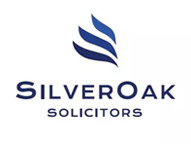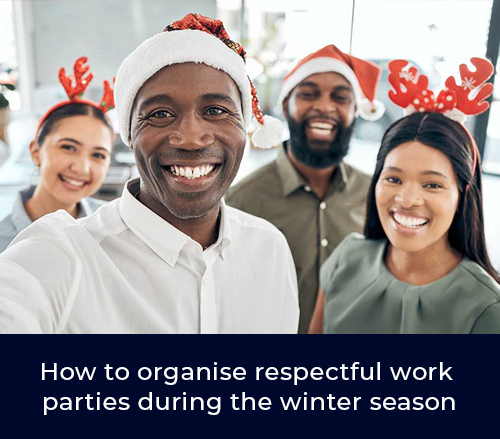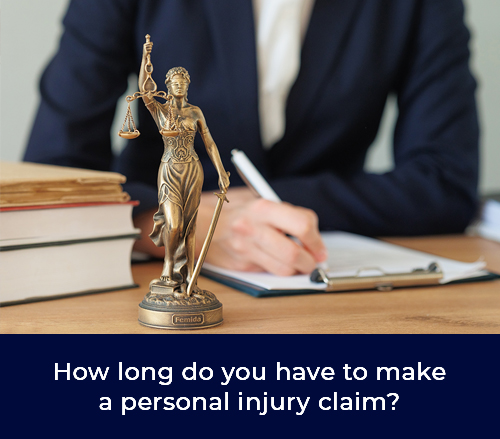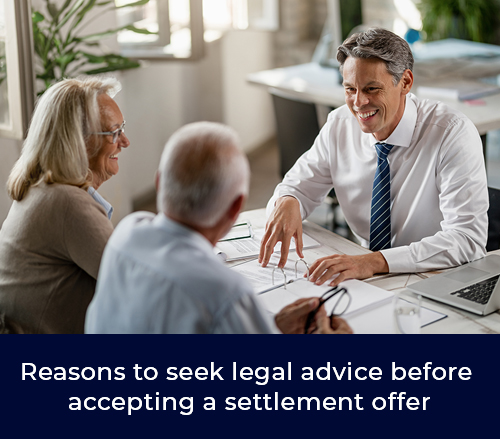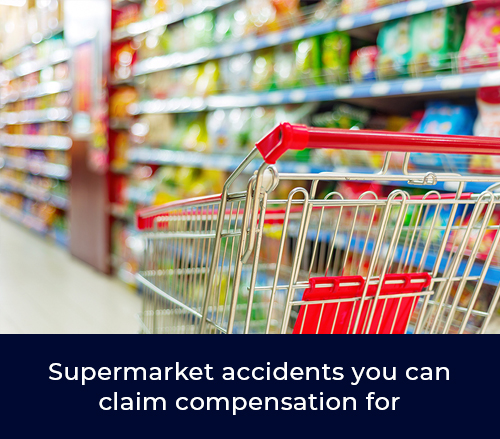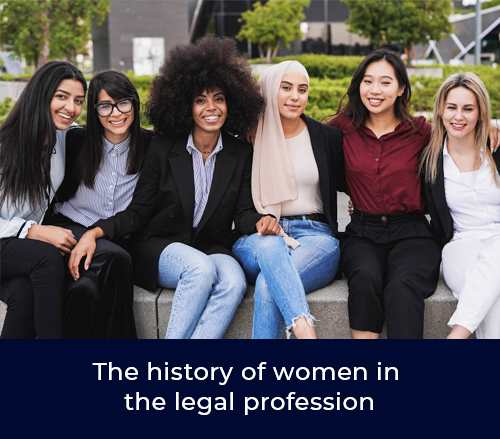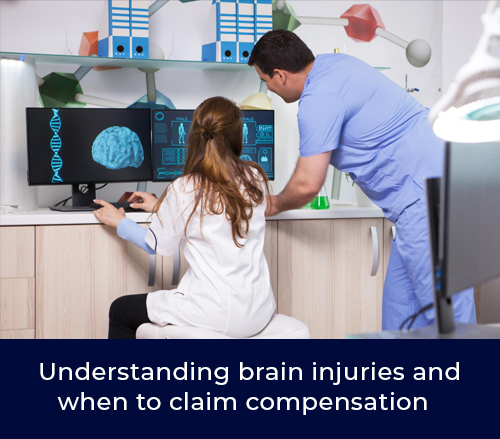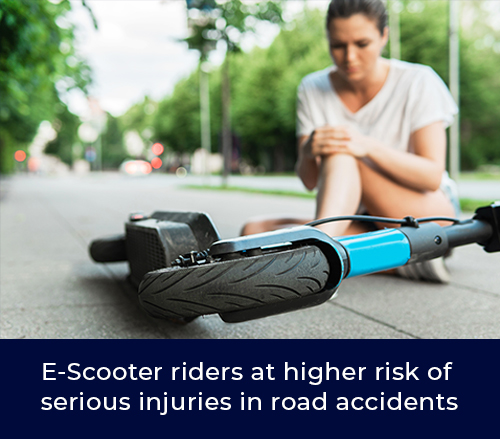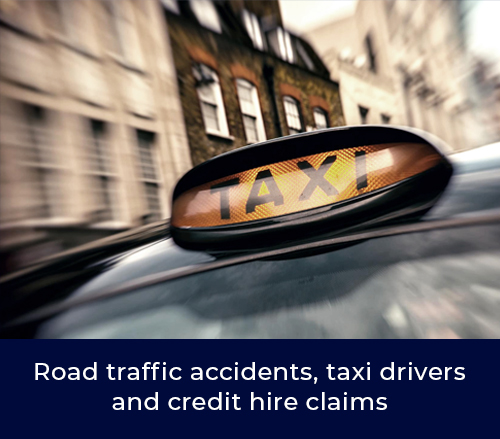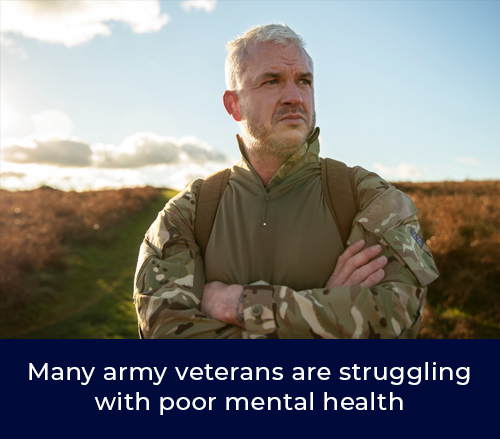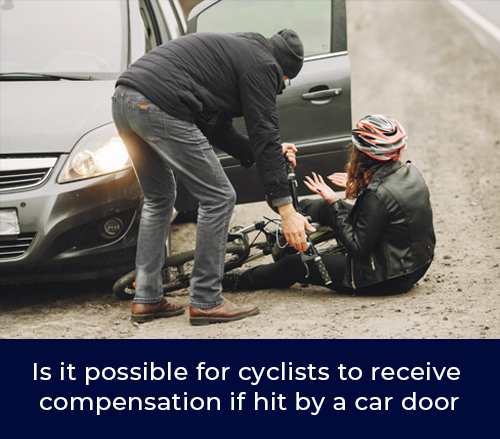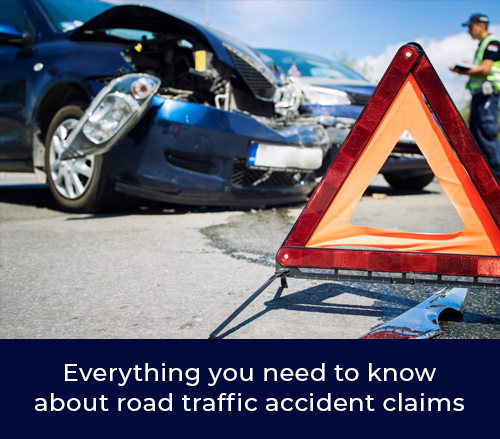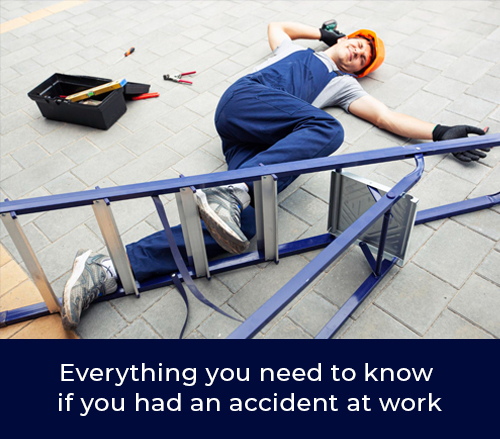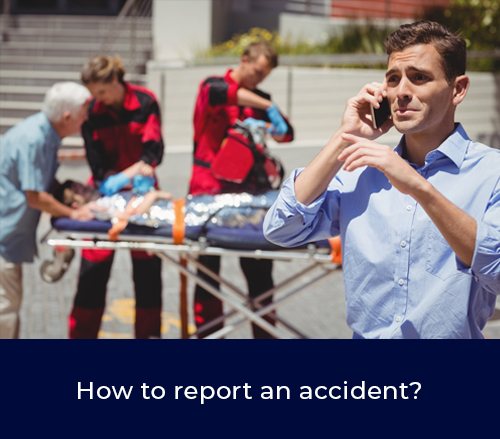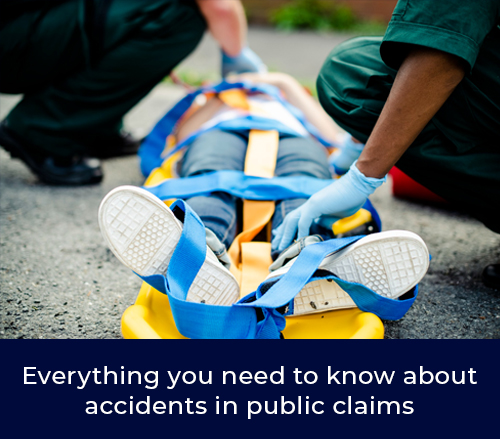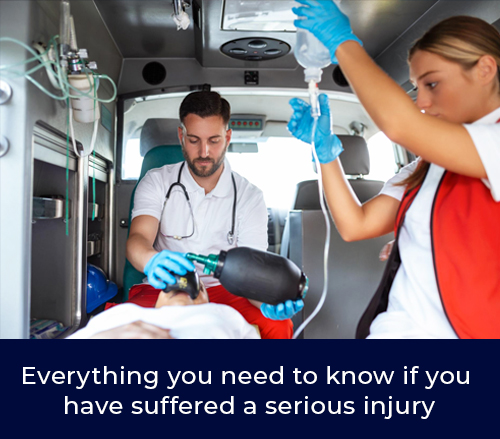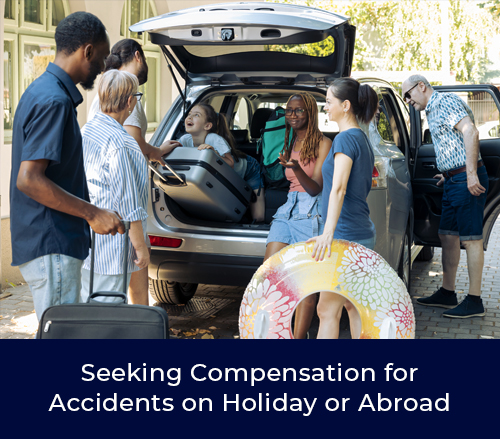Examples of accidents at work and injury claims
A significant part of our daily lives is focused around our work. Even though employers aim to create secure work environments, accidents may happen, sometimes leading to potential concerns like personal injury claims. Have you been a victim of an accident at work? Do you know what to do and how to secure your rights? We’ve got you covered in this extensive guide.
We’ll explore various workplace scenarios, shedding light on different types of accidents and their related injury claims. It’s not just about knowing what can happen, it’s about making sure we’re all on the same page to keep yourself safe and sound at the workplace. Join us for an engaging journey into the professional world, where we’ll exchange insights, gain knowledge, and forge a collective pledge to workplace safety. Let’s take a look at a few examples of how things can go wrong in the workplace.
High-Risk Industries
Certain industries are more prone to injuries and accidents due to the nature of their operations. Construction, with its use of heavy machinery and work at elevated heights, poses inherent risks. Manufacturing, involving machinery and assembly lines, is another high-risk sector. Additionally, healthcare workers, dealing with patient care and heavy lifting, face potential injuries. Transportation and logistics, with road-related hazards, also fall into this category. Finally, industries that handle hazardous materials, such as chemical production, carry increased risks of accidents. Prioritising safety measures and comprehensive training is crucial in these sectors to mitigate the risks and ensure the well-being of employees.
The most common workplace injuries
The most common injuries at work often involve muscle strains, resulting from repetitive motions or improper ergonomics. Slip and fall incidents are prevalent, occurring due to wet surfaces, uneven flooring, or cluttered walkways, and can result in bruises or even fractures. Cuts and lacerations often happen in industries involving machinery or sharp tools. In construction and manufacturing, falls from heights pose a significant risk. Workplace injuries can also include burns, especially in sectors dealing with heat or chemicals.
Exposure to Hazardous Substances
Certain industries involve working with hazardous substances that can pose health risks. Employees exposed to harmful chemicals, toxins, or carcinogens may develop long-term health issues, prompting them to file injury claims. Addressing workplace safety in these settings is crucial for preventing long-term health repercussions.
Person A, employed as a warehouse worker, was tasked with handling chemical products. Unfortunately, due to the lack of proper protective gear, including gloves and goggles, they were exposed to harmful substances, resulting in chemical burns. This incident could have been avoided with the provision of the necessary protective equipment.
Person B worked on a farm, responsible for operating machinery during pesticide application. Lacking proper protective clothing, such as coveralls and respiratory masks, Person B suffered from pesticide exposure, leading to health complications. This situation could have been prevented with the implementation of appropriate protective measures.
Lack of Personal Protective Equipment
Personal Protective Equipment (PPE) plays a significant role in workplace safety. When essential gear like helmets, gloves, and goggles is lacking, employees face heightened risks of injury.
Person C, part of a construction crew, was assigned tasks involving heavy equipment operation. Due to the absence of a helmet and other essential safety gear, they sustained head injuries in an unfortunate incident. Providing the necessary protective equipment could have mitigated the severity of the injuries.
Person D was employed as a kitchen team member. Their task was to fry food using hot oil. Due to a lack of protective equipment, the hot oil exploded under heat and burned Person D severely. They sustained injuries could have easily been avoided with the right protective equipment.
Another example is Person E who was employed to extract rubbish from a site for a home renovation project. As they picked up the bag containing rubbish, sharp pieces of tile cut through the bag and injured their forearm. Despite emergency surgery and attempts to fix the problem, Person E suffered life-changing injuries. This could have been avoided had the employer supplied the necessary protective gear for the task.
Slips, Trips, and Falls
Among the most common workplace accidents are slips, trips, and falls. These incidents can occur due to wet floors, uneven surfaces, or scattered objects. Additionally, in industries like construction, falls from heights pose a significant risk. Whether from scaffolding, ladders, or other elevated structures, these accidents can lead to severe injuries, ranging from broken bones to head trauma. Injury claims in such cases are prevalent as employees seek compensation for the physical and financial toll.
Person F, working in an office, encountered a slippery floor near the entrance during a rainy day. The absence of warning signs led to a slip, causing them to fall and sustain minor injuries. This incident could have been prevented with proper signage and immediate clean-up.
Employee G, working in a manufacturing plant, slipped on spilled oil in the production area. The lack of immediate clean-up and the absence of non-slip flooring contributed to the accident. Implementing regular inspections and quick response protocols could have prevented the slip and subsequent fall.
Worker H, on a construction site, fell from a ladder while conducting electrical repairs at height. The absence of proper fall protection equipment, such as a harness and secure ladder placement, resulted in serious injuries. Adherence to safety protocols and proper equipment use could have prevented the fall.
Machinery Accidents
Manufacturing and industrial settings often involve the use of heavy machinery. Accidents related to machinery, whether due to lack of training, mechanical failure, or inadequate safety measures, can result in severe injuries, including amputations.
Person I was employed on a farm to operate heavy machinery for crop harvesting. In the absence of clear safety protocols and proper maintenance of equipment, a malfunction occurred, leading to a serious accident. Person I sustained injuries that could have been avoided with regular equipment checks and comprehensive safety guidelines.
Person J was part of a construction crew tasked with operating heavy construction equipment. In the absence of clear communication and coordination, a collision occurred between two machines, causing significant damage and injuries to Person J. This incident could have been prevented with better communication protocols and stricter adherence to safety procedures.
Unsafe Workplace and Lack of Risk Assessment
If an employer has not carried out the proper risk assessments for the workplace, this causes an unsafe workplace and unnecessary accidents can take place.
For example, person K worked in a hospital, and their role was to move large amounts of items around the hospital without assistance. Unfortunately, the employer decided to change the location of the storeroom and did not consider how this change would affect the safety of Person K. The ramp they have to access the area wasn’t safe due to constant usage, furthermore it was worn down and easily prone to damage. Person K was required to pull a cart containing items into the new storeroom. However, as they attempted to do so, the ramp finally broke under constant pressure and caused severe damage to Person K.
If the employer had performed a proper risk assessment of the area, they would have noticed that the ramp was not safe and appropriate steps would have been taken to replace or repair it. Unfortunately, this is a common example of a situation where the health and safety of the worker is not prioritised.
Another good example is that of Person L, who was working as a mental health practitioner in a mental health hospital. While they were performing their basic tasks, they were attacked by an aggressive patient. The attack caused severe head injuries and damage to the workers face. Unfortunately, despite the fact that the employer was fully aware that the patient had an aggressive nature, they allowed Person L to continue working in an environment where they were at risk. Adequate steps were not taken to guarantee the safety of the individuals working there. The result was that one person received serious injuries. This is a prime example of a situation where simply because you work in an environment where the risk of injury is possible, that does not mean you should be put at unnecessary risk.
Road Traffic Accidents
Road traffic accidents during work are a serious concern for employee safety. Neglecting road safety measures increases the risk for workers who drive frequently.
Driver M, delivering packages along a poorly maintained route, encountered unexpected road hazards due to inadequate signage and poor road maintenance. Lacking clear guidelines for safe navigation, they faced an increased risk of a road traffic accident. Regular route assessments and clear safety protocols could have prevented this incident and ensured a safer delivery experience.
Repetitive Strain Injuries
Repetitive strain injuries (RSIs) are common in office settings where employees engage in prolonged, repetitive tasks. These injuries, affecting muscles, tendons, and nerves, can lead to long-term health issues. Employees may file injury claims to address the physical and financial impact of RSIs, emphasizing the need for ergonomic workspaces.
Employee N, working in an office environment, spent long hours daily typing on a poorly designed keyboard and using a non-ergonomic mouse. Over time, they developed repetitive strain injuries, experiencing pain and discomfort in the wrists and hands. Proper ergonomic equipment and regular breaks could have prevented these injuries.
Stress-Related Health Problems
Mental health is an integral aspect of overall well-being. Stress-related health problems, stemming from excessive workload, workplace bullying, or inadequate support, can impact employees. Injury claims related to stress underscore the importance of fostering a positive work environment and prioritizing mental health.
Manager P, responsible for overseeing a high-pressure project with tight deadlines and limited resources, experienced stress-related health problems. The constant pressure and workload led to symptoms such as insomnia, headaches, and increased anxiety. Implementing stress-management programs, promoting a healthier work-life balance, and providing adequate support could have alleviated the impact of stress on Manager P’s health and overall well-being.
How to Start a Personal Injury Claim
Initiating a personal injury claim following an accident at work involves several essential steps. Firstly, report an accident to your manager or employer, and ensure it’s documented in the workplace incident report. Also, seek prompt medical attention for your injuries and meticulously document all related medical records. Gather evidence, such as photographs of the accident scene and any relevant documentation.
Afterwards, consult your personal injury claim with a specialised personal injury lawyer who can assess the merits of your case and guide you through the legal process. Call SilverOak Solicitors on 020 8578 7778. Keep detailed records of all expenses tied to the injury, including medical bills and any lost wages. Work closely with your lawyer to compile necessary paperwork and negotiate a fair settlement. Starting a personal injury claim for a workplace accident necessitates a methodical approach, thorough documentation, and the expertise of legal professionals to navigate the complexities of the process.
How our Personal Injury Solicitors Can Help You
At SilverOak Solicitors, our experienced personal injury solicitors are committed to providing comprehensive support to those seeking justice for their injuries. Our team offers free consultations, allowing individuals to discuss the details of their case without any financial commitment, and make an informed decision whether to proceed with your claim. Call us on 020 8578 7778.
We understand the financial strain that can accompany personal injury cases. Therefore, we operate on a Risk Free, No Win No Fee basis. This means that our clients only pay legal fees if we successfully secure compensation for them. Our solicitors bring a wealth of experience in handling diverse personal injury cases, ensuring that each client receives personalised attention and strategic legal guidance. Whether it’s a workplace accident, a road traffic incident, or any other form of personal injury, our team at SilverOak Solicitors is dedicated to fighting for the rights and well-being of our clients.
Get in touch with one of our personal injury experts
Use the online chat on our website
Call us on 020 8578 7778
E-mail us contact@silveroaksolicitors.com
Visit us at our office. We are open Monday-Friday 9am - 5.30pm
When you first contact us, we will ask for some initial details, including your contact information and the nature of your enquiry. You can be assured that everything you discuss with us will be completely confidential, and any information stored by us will be in accordance with UK data protection regulations.


